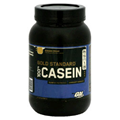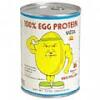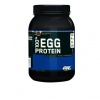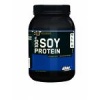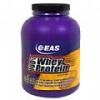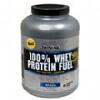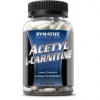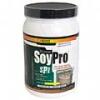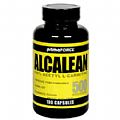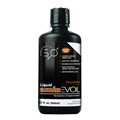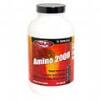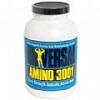- Not all proteins are created equal. There are different kinds of proteins such as casein, soy and whey. Whey protein is far and away the best selling and most effective at mass building
- Not all whey proteins are created equal either. The process of how whey protein is extracted before it hits the shelves varies
- The protein-making process the whey goes through depends on what final product will be on the shelf. Each process determines the effectiveness of the amino acids in proteins as well as the amount of lactose and other minerals
The three methods of making whey protein are microfiltration, ultrafiltration and ionexchange as follows:
The ion exchange process involves separating the proteins based upon the electrical charge they possess. Thechemicals hydrochloric acid and sodium hydroxide are used to complete the ion exchange process. Ion exchange costs significantly less, about 1/5 to be exact, as the other processes that will be discussed later. Because of the harshness of the process the quality of the protein is lower and amino acids become denatured.
For example, glycomacropeptides (GMP’s) which have a positive effect on the immune system and digestive system become less effective. GMP’s also have antiviral properties and enhance calcium absorption. Immunoglobins, which boost the immune system also become denatured. Other components lost include lactoferrin, which has immune systems benefits and alpha lactalbumin, which contains essential amino acids.
As you can see the quality of the whey protein goes down significantly. There is one benefit from the ion exchange process. There is a lot less fat and lactose in ionexchange whey so those who are lactose intolerant can consume it without suffering symptoms.
Microfiltration and ultrafiltration protein making processes are quite similar. The main difference is the resulting size of the proteins. Microfiltration membranes are approximately one micrometer where as ultrafiltration protein membranes are about four times smaller and measure in at 250 nanometers.
Cross flow microfiltration is a higher quality whey than ionexchange whey. The key advantages of the cross flow micro filtration protein-making process are
• Better amino acid profile
• Less denatured protein
• More calcium
• Less sodium
• No damage to the immune boosting minerals
The one disadvantage is it costs about twice as much. If cost is not a factor then CFM whey protein is far superior to ionexchange whey.
Hydrolyzed whey protein is the highest quality whey available. It is ultrafiltered and broken down into very short amino acid chains for better absorption into the stomach. At most, hydrolyzed whey makes up no more than 20% of the protein that you buy because hydrolyzed protein tastes very bitter. For most people taste is a big factor when buying protein and the more hydrolyzed whey the worse it tastes. The advantages of hydrolyzed whey are:
• The most digestible whey protein available
• Partially pre-digested for better digestion
• Protein is broken down into smaller peptides
Hopefully this quick introduction to the protein making process will help you better select the whey protein supplement that is right for you.
Tags: amino acids in proteins, mass building, protein-making process











